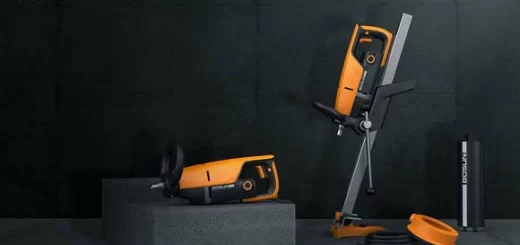Optimization Method and Practical Application of Surface Quality in 5-Axis CNC Turning
CNC (Computer Numerical Control) turning is a widely used machining process in the manufacturing industry. The demand for high-quality surface finishes has increased with the advancement in technology and the need for precision components. Surface quality plays a crucial role in determining the functionality, appearance, and durability of machined parts. This article focuses on optimizing the surface quality in 5-axis CNC turning and its practical application.
Understanding Surface Quality
In 5-axis CNC turning, surface quality refers to the characteristics of the machined surface, including roughness, waviness, and flaws. Achieving the desired surface quality involves controlling various factors such as cutting parameters, tool selection, material properties, and machine dynamics. An optimal surface finish enhances the performance of the component, reduces friction and wear, and improves aesthetics.
Optimization Methods for Surface Quality
- Cutting Parameters Optimization:
The selection of cutting parameters such as cutting speed, feed rate, and depth of cut significantly affects the surface quality. By optimizing these parameters, it is possible to achieve the desired finish. Several methods like Design of Experiments (DOE), Response Surface Methodology (RSM), and Genetic Algorithms (GA) can be employed to find the optimal cutting parameters.
- Tool Selection and Cutting Strategies:
The choice of cutting tools and the selection of cutting strategies also impact surface quality. Employing appropriate tool geometries, coatings, and materials can result in better surface finishes. Furthermore, utilizing advanced cutting strategies like trochoidal milling or adaptive control can reduce vibrations and improve surface smoothness.
- Machine Dynamics and Vibration Control:
Machine tool dynamics and vibrations can degrade surface quality. Analyzing and controlling machine tool vibrations through techniques like active damping or passive vibration mitigation can improve surface finishes. It is essential to consider the dynamic behavior of the machine during the design phase and adopt measures to minimize vibrations.
Practical Application
Surface quality optimization techniques find application in various industries where precision machining is critical. Some practical examples include:
- Aerospace Industry:
In aerospace manufacturing, components such as turbine blades or engine parts require high surface quality for optimal performance. By applying optimization methods, manufacturers can achieve the desired finish while ensuring superior functionality and reduced aerodynamic drag.
- Medical Device Manufacturing:
Surface quality optimization is vital in medical device manufacturing, where implants and surgical instruments demand high precision. By implementing advanced optimization techniques, manufacturers can produce devices with improved biocompatibility, reducing the risk of complications.
- Automotive Industry:
In the automotive industry, surface quality optimization is crucial for parts like cylinder heads, pistons, or transmission components. By optimizing the surface quality, manufacturers can enhance performance, reduce friction, and improve fuel efficiency.
Optimizing surface quality in 5-axis CNC turning is essential to ensure functional, durable, and aesthetically pleasing components. By optimizing cutting parameters, selecting appropriate tools, controlling vibrations, and taking into account machine dynamics, manufacturers can achieve the desired surface finish. Practical applications of surface quality optimization techniques are found in various industries, including aerospace, medical device manufacturing, and automotive. Continual research and development in this field will lead to further improvements in surface quality and enable the production of high-precision components.


